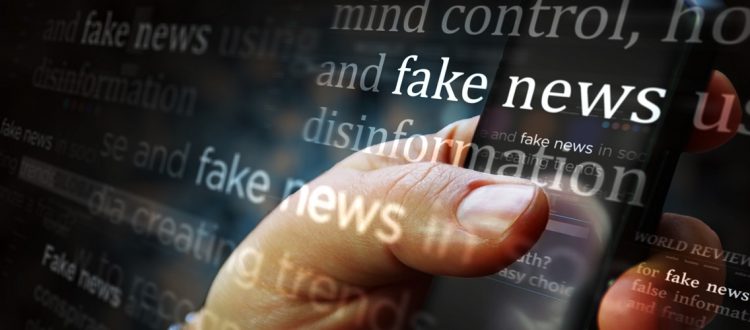The Bad Side of Media and Its Impact on Public Health
Mass media, from television to social media, has the potential to be both a positive and negative force where public health is concerned. The media serves as a vast resource for consuming the latest information on the most important topics of health. Media is most likely to have negative effects when it puts profits ahead of the wellbeing of people. Framing news stories with the primary goal of generating as much viewership (and revenue) will undoubtedly fall into one, if not most, of the problematic areas of media.
Nick Routley, Managing Editor at Visual Capitalist published “33 Problems with Media in One Chart” (see below) where the focus is on how media is broken. As he puts it, “acknowledging the shortcomings is the first step to solving them.”

We selected a few from the 33 categories as it relates to how health-related news is shared across the media. Over the last couple of years, most of these have been increasingly used where COVID-19 and vaccinations have been concerned.
Explicit and Implicit Bias
The two are not to be confused. Explicit bias “refers to attitudes and beliefs (positive or negative) that we consciously or deliberately hold and express about a person or group,” whereas implicit bias “includes attitudes and beliefs (positive or negative) about other people, ideas, issues, or institutions that occur outside of our conscious awareness and control, which affect our opinions and behavior.”
The media should take a neutral stance but more times than not, it’s laced with both types of bias. We all have implicit – or unconscious – biases, but blatantly presenting health information that is heavily one-sided is dangerous as it usually leads to misinformation, disinformation and fake news that seriously impact how information around health is perceived.
The Risks of Framing – Oversimplification, mis-and-disinformation, fake news
In media, the most compelling framing wins. Framing is the process of carefully constructing a message to achieve a deliberate effect on the receiver. It’s extremely powerful as it has a direct impact on how we make decisions. It can be as simple as swapping out one word with another like “pro-choice” vs. “pro-abortion.”
Clickbait
Two things that probably should not go together are clickbait and health, especially when it’s done to simply get a click. When you think of clickbait, dishonesty and vagueness come to mind. Topics around health should not be dishonest or vague.
Take this headline of how medical research should not be reported for example: “Could this experimental drug stop the flu in 24 hours?” This is a misleading headline as the article (which many will not even read) lacks a ton of needed data to make such a claim. Headlines like these spark rumors, spread fake news and is irresponsible journalism.
Fake News Misinformation and Disinformation
With the immense reach social media has, fake news, misinformation and disinformation has soared, especially in recent years. Misinformation sounds like, “vaccines don’t work,” or “vaccines cause infertility.” Misinformation is especially dangerous when it leverages uncertainty to cause more uncertainty in the medical community, like making claims that masks don’t work because before the pandemic we were told by public health experts that they don’t work, for example.
Context stripping
Another example of how misinformation and fake news is spread is through context stripping, when layers and layers of context are removed to make viewers perceive a story in a particular way. An example of this in health is an outdated video being used during a major crisis, like the COVID-19 pandemic. Without context, it would be easy for it to serve as a way to quickly misinform the general public.
Sensationalism
Too often journalism resorts to sensationalism to attract more attention to issues that affect many people. Sensationalism ignites fear, confusion, and anxiety. An example would be presenting the worst-case scenario of a situation and leveraging it to cause mass panic.
“Media Squeeze” does nothing to help public health
Paywalls
Paywalls are a way for content providers to monetize their content on the internet.
Making health information more accessible would reap tremendous benefits for public health but so much of it exists behind paywalls. Since misinformation of important health information runs rampant on the internet, limiting paywalls to credible health sites would be a great step at eliminating its ugly spread.
Ad clutter
Like the profits over people concept, user experience on the internet has taken a back seat to ad impressions. Similarly to paywalls, we want to prevent the spread of misinformation. It doesn’t matter how great the content on a health site is if a user is bombarded by ads coming from every angle and in every form. Ad clutter kills great content.
The solution?
Such complex issues unfortunately don’t have one easy fix. Identifying the above mentioned and the others on the graphic are at least helpful to start a conversation about them – what they mean, what they look like, and how to prevent them. Media literacy is the end goal, so the better we become at improving these broken systems, the better of a society we’ll become.

